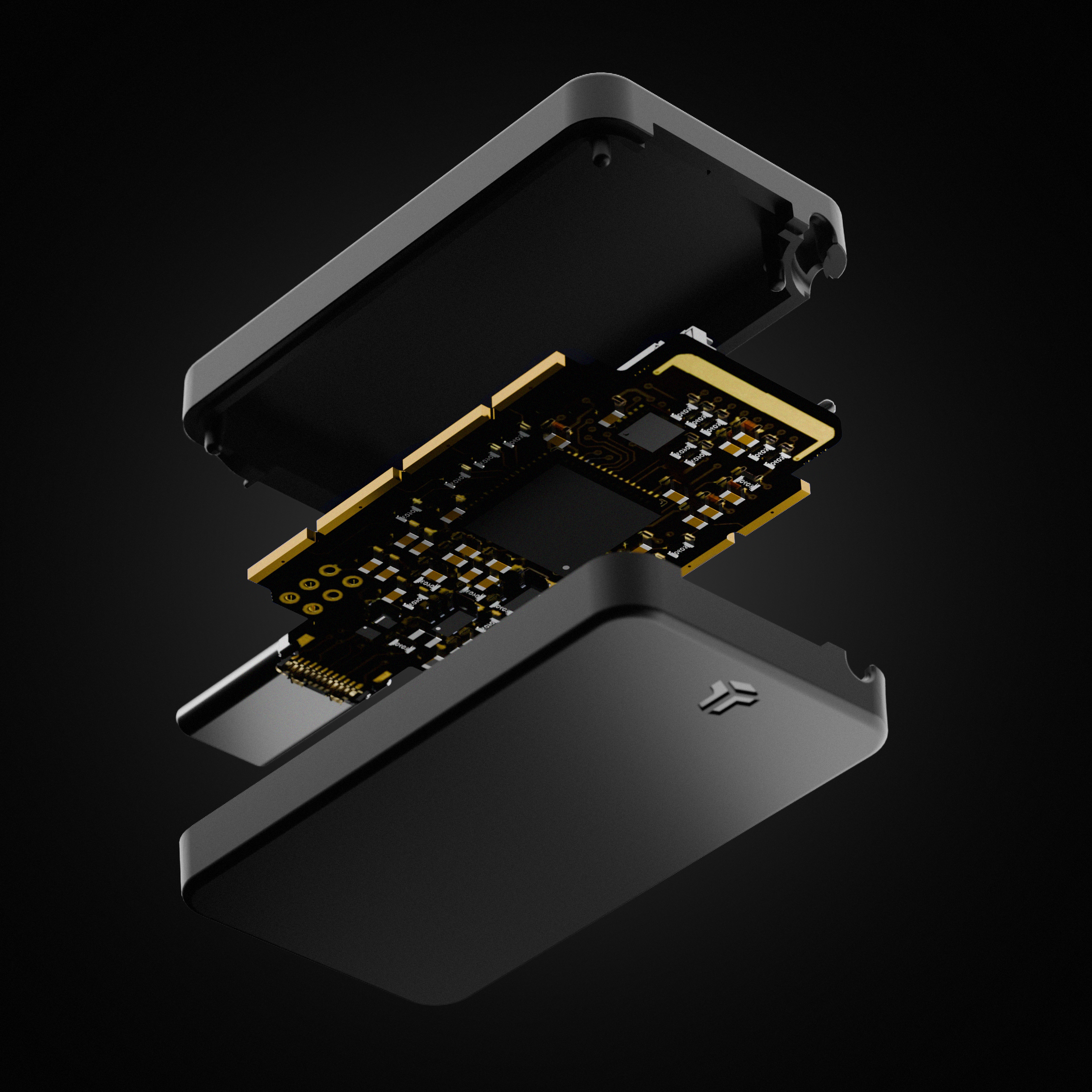NASA's Lucy Spacecraft Prepares Second Asteroid Encounter

NASA's Lucy Spacecraft Prepares Second Asteroid Encounter by Katherine Kretke ~ Southwest Research Institute San Antonio TX (SPX) Apr 15, 2025 NASA's Lucy spacecraft is 6 days and less than 50 million miles (80 million km) away from its second close encounter with an asteroid; this time, the small main belt asteroid Donaldjohanson. This upcoming event represents a comprehensive "dress rehearsal" for Lucy's main mission over the next decade: the exploration of multiple Trojan asteroids that share Jupiter's orbit around the Sun. Lucy's first asteroid encounter - a flyby of the tiny main belt asteroid Dinkinesh and its satellite, Selam, on Nov. 1, 2023 - provided the team with an opportunity for a systems test that they will be building on during the upcoming flyby. Lucy's closest approach to Donaldjohanson will occur at 1:51pm EDT on April 20, at a distance of 596 miles (960 km). About 30 minutes before closest approach, Lucy will orient itself to track the asteroid, during which its high-gain antenna will turn away from Earth, suspending communication. Guided by its terminal tracking system, Lucy will autonomously rotate to keep Donaldjohanson in view. As it does this, Lucy will carry out a more complicated observing sequence than was used at Dinkinesh. All three science instruments - the high-resolution greyscale imager called L'LORRI, the color imager and infrared spectrometer called L'Ralph, and the far infrared spectrometer called L'TES - will carry out observation sequences very similar to the ones that will occur at the Trojan asteroids. However, unlike with Dinkinesh, Lucy will stop tracking Donaldjohanson 40 seconds before the closest approach to protect its sensitive instruments from intense sunlight. "If you were sitting on the asteroid watching the Lucy spacecraft approaching, you would have to shield your eyes staring at the Sun while waiting for Lucy to emerge from the glare. After Lucy passes the asteroid, the positions will be reversed, so we have to shield the instruments in the same way," said encounter phase lead Michael Vincent of Southwest Research Institute (SwRI) in Boulder, Colorado. "These instruments are designed to photograph objects illuminated by sunlight 25 times dimmer than at Earth, so looking toward the Sun could damage our cameras." Fortunately, this is the only one of Lucy's seven asteroid encounters with this challenging geometry. During the Trojan encounters, as with Dinkinesh, the spacecraft will be able to collect data throughout the entire encounter. After closest approach, the spacecraft will "pitch back," reorienting its solar arrays back toward the Sun. Approximately an hour later, the spacecraft will re-establish communication with Earth. "One of the weird things to wrap your brain around with these deep space missions is how slow the speed of light is," continued Vincent. "Lucy is 12.5 light minutes away from Earth, meaning it takes that long for any signal we send to reach the spacecraft. Then it takes another 12.5 minutes before we get Lucy's response telling us we were heard. So, when we command the data playback after closest approach, it takes 25 minutes from when we ask to see the pictures before we get any of them to the ground." Once the spacecraft's health is confirmed, engineers will command Lucy to transmit the science data from the encounter back to Earth, which is a process that will take several days. Donaldjohanson is a fragment from a collision 150 million years ago, making it one of the youngest main belt asteroids ever visited by a spacecraft. "Every asteroid has a different story to tell, and these stories weave together to paint the history of our solar system," said Tom Statler, Lucy mission program scientist at NASA Headquarters in Washington. "The fact that each new asteroid we visit knocks our socks off means we're only beginning to understand the depth and richness of that history. Telescopic observations are hinting that Donaldjohanson is going to have an interesting story, and I'm fully expecting to be surprised - again." Related Links Lucy at SwRI Asteroid and Comet Mission News, Science and Technology RELATED CONTENT The following news reports may link to other Space Media Network websites. Astronomers identify rare Earth-crossing asteroid from unexpected source Los Angeles CA (SPX) Apr 14, 2025 Astronomers at W. M. Keck Observatory on Maunakea, Hawai'i, have traced the origin of 2024 YR4, an Earth-crossing asteroid discovered in December 2024, to a surprising location. Contrary to expectations, the solid, stony asteroid appears to have emerged from a central Main Belt asteroid family between Mars and Jupiter-a region not previously associated with Earth-crossing bodies. "YR4 spins once every 20 minutes, rotates in a retrograde direction, has a flattened, irregular shape, and is the densi ... read more The content herein, unless otherwise known to be public domain, are Copyright 1995-2024 - Space Media Network. All websites are published in Australia and are solely subject to Australian law and governed by Fair Use principals for news reporting and research purposes. AFP, UPI and IANS news wire stories are copyright Agence France-Presse, United Press International and Indo-Asia News Service. ESA news reports are copyright European Space Agency. All NASA sourced material is public domain. Additional copyrights may apply in whole or part to other bona fide parties. All articles labeled "by Staff Writers" include reports supplied to Space Media Network by industry news wires, PR agencies, corporate press officers and the like. Such articles are individually curated and edited by Space Media Network staff on the basis of the report's information value to our industry and professional readership. Advertising does not imply endorsement, agreement or approval of any opinions, statements or information provided by Space Media Network on any Web page published or hosted by Space Media Network. General Data Protection Regulation (GDPR) Statement Our advertisers use various cookies and the like to deliver the best ad banner available at one time. All network advertising suppliers have GDPR policies (Legitimate Interest) that conform with EU regulations for data collection. By using our websites you consent to cookie based advertising. If you do not agree with this then you must stop using the websites from May 25, 2018. Privacy Statement. Additional information can be found here at About Us.


